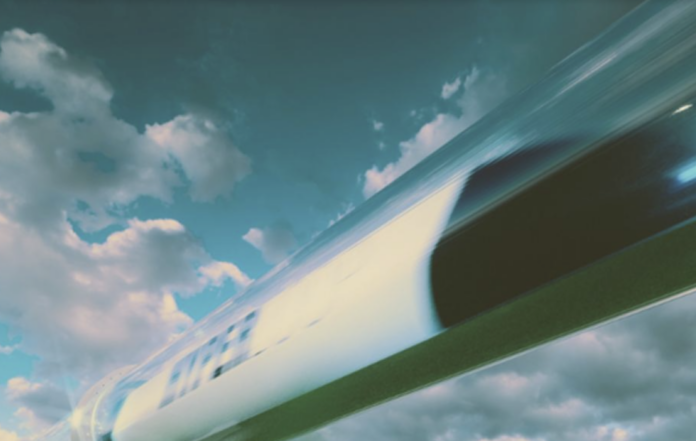Our team of futurists identified the most important trends and drivers affecting the future of transport:
REVOLUTION OF MAAS?
Mobility as a Service (MaaS) is the concept of a personalised and on-demand transportation service. While it has been negatively impacted by the pandemic with services still in its infancy, it will have a brighter prospect in the long-term responding to the needs of alternative multimodal forms of transport networks.
MaaS Global is a Finnish company leading the way for effective MaaS services by providing apps that combine public and private transport. Their MaaS software business models differ from Uber, as they do not run transport infrastructures but instead aggregate data and service deals with existing operators. This makes it much more likely for cities and nation-states to allow their entry to local markets as they may increase the efficiency of existing businesses.
In the future, MaaS apps could offer real-time information on, e.g., crowding levels, and even frequency of cleaning of public transports, to better estimate travel times and risks related to it.
REDEFINING URBAN SPACE
According to some existing visions, the future traffic is based on continually operating autonomous vehicles that only stop for recharging and servicing. This could potentially make car usage much more efficient, as currently most cars are parked 96% of the time.
The proliferation of self-driving cars and ride-sharing services can tremendously reduce the need for parking areas and free up urban space for other purposes, such as residential districts and parks.
CABINS ON ROBOT PLATFORMS
Thus far, several tested robot cars have been automated versions of existing models. In the future, robot vehicles will likely not be confined to the present body styles and features. An utterly new concept may emerge which blurs the boundaries between home, car, vacation home, entertainment centre, workplace, and hotel.
A passenger cabin carried by, for example, a robot drone can be moved from one transportation platform to another without the need for the passenger to exit and enter another vehicle: the cabin can travel on a railway carriage, ship, in a vacuum tube, or on an aerial vehicle.
An economy worth of billions, comparable to the present automobile industry, could form around the cabin. Also, the cabins could create a service economy based around entertainment offered in the cabins; movies, games, health services and so on.
Analysis
This article served as a simple exploration of some of the different ways technology might be integrated into pre-existing transportation models to create something new and innovative in the future. I specifically kept the sections that seemed to have the most I could pull from for a project within the scope I will be working this semester. The first section is about the revolution of a transportation service in Finland called MaaS (Mobility as a Service). MaaS is interesting because the model is centered around the idea of making it easy for someone to use public and private transportation seamlessly in one trip. Another section I thought was interesting was about shifting urban spaces away from focusing on the organization of cars by making public transportation much more efficient for users. This would free up urban spaces and allow them to be reorganized around walkability. The last section I pulled from the article is about autonomous vehicles. Though there are plenty of autonomous car design around now, this article emphasizes that new concepts may emerge in the future that allows a cabin in which people sit to be autonomously transferred between various transportation infrastructures without the passenger ever having to leave the cabin, which is a really fun idea to consider.




